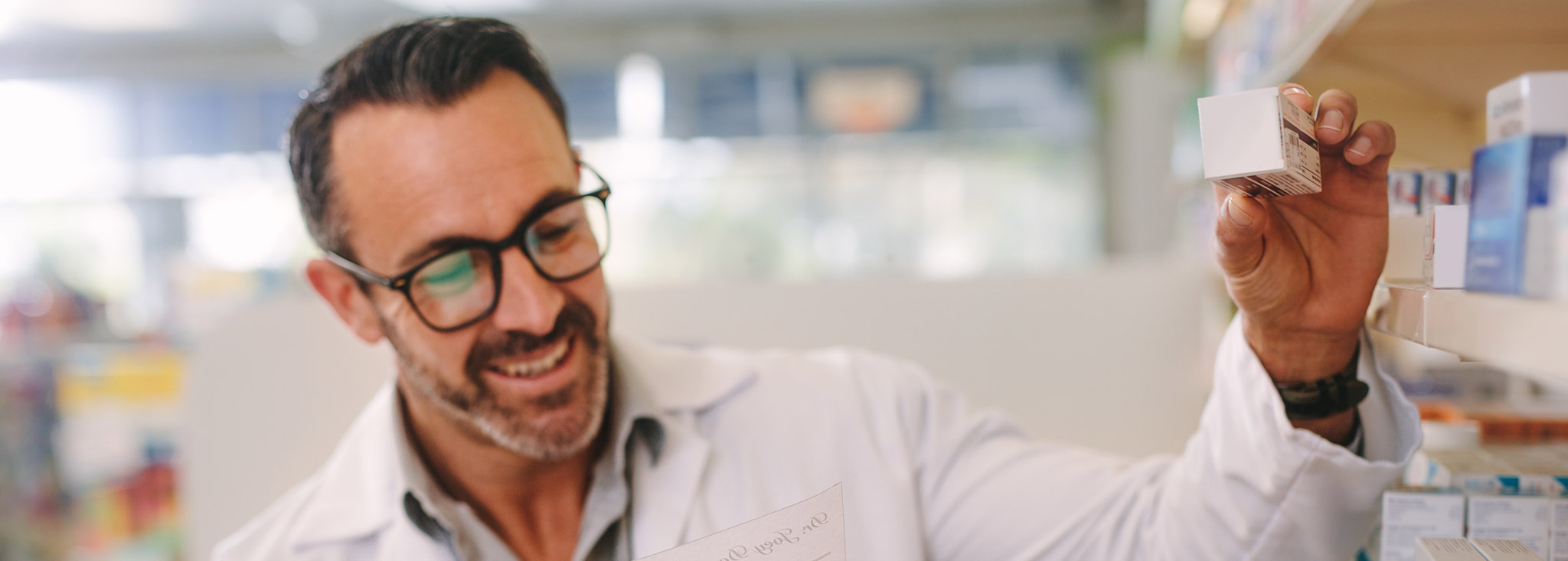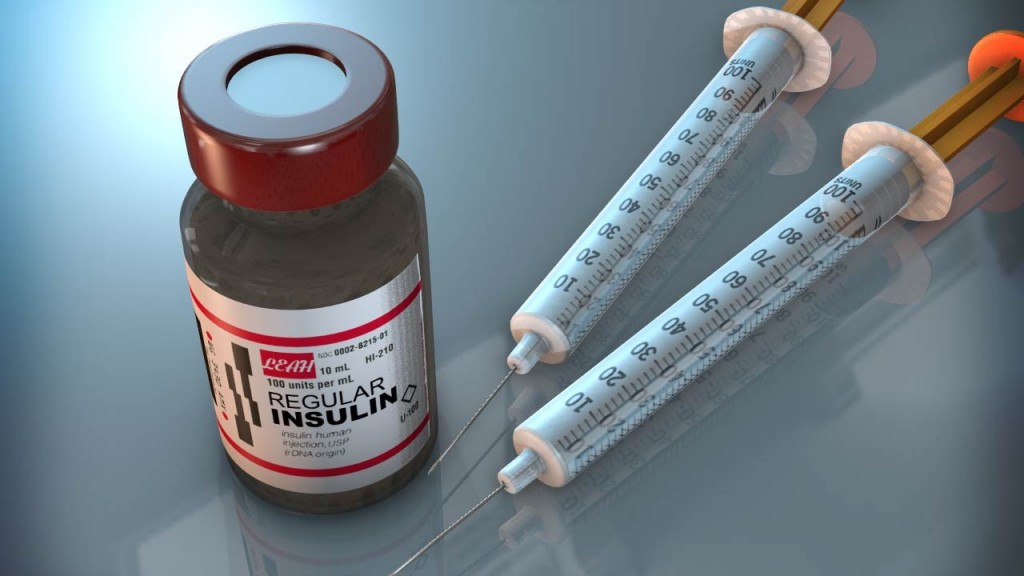WASHINGTON (AP) — Many Medicare recipients could pay less for insulin next year under a deal President Donald Trump announced Tuesday in a pivot to pocketbook issues important in November’s election.
- Participating Part C and Part D plans will be required to cap insulin costs at $35 for a month’s supply, by applying the manufacturer rebates. This will happen year-round, even if you enter the “donut hole.
- Today, under President Trump’s leadership, the Centers for Medicare & Medicaid Services (CMS) announced the Part D Senior Savings Model, a voluntary model that enables participating Part D enhanced plans to lower Medicare beneficiaries’ out-of-pocket costs for insulin to a maximum $35 copay per thirty-day supply throughout the benefit year.
CMS: Medicare Plan to Cut Insulin Costs Gains Traction — Insurers sign on to new model that caps out-of-pocket payments at $35 per month by Joyce Frieden, News Editor, MedPage Today May 27, 2020.

“I hope the seniors are going to remember it,” Trump said at a Rose Garden ceremony, joined by executives from insurance and drug companies, along with seniors and advocates for people with diabetes.
The deal comes as Trump tries to woo older voters critical to his reelection prospects.
Medicare recipients who pick a drug plan offering the new insulin benefit would pay a maximum of $35 a month starting next year, a savings estimated at $446 annually. Fluctuating cost-sharing amounts that are common now would be replaced by a manageable sum.
The insulin benefit will be voluntary, so during open enrollment this fall Medicare enrollees who are interested must make sure to pick an insurance plan that provides it. Most people with Medicare will have access to them.
Administration officials are hoping the announcement will provide a respite from the grim drumbeat of coronavirus pandemic news.
Stable copays for insulin are the result of an agreement shepherded by the administration between insulin manufacturers and major insurers, Medicare chief Seema Verma told The Associated Press. The three major suppliers, Eli Lilly, Novo Nordisk and Sanofi, were all involved.
“It was a delicate negotiation,” Verma said. Drugmakers and insurers have been at odds in recent years, blaming one another for high prices. “I do think this is a big step.”
The cost of insulin is one the biggest worries for consumers generally concerned about high prices for brand name drugs. Millions of people with diabetes use insulin to keep their blood sugars within normal ranges and stave off complications that can include heart disease, blindness, kidney failure and amputations. People with diabetes also suffer worse outcomes from COVID-19.
An AP-NORC poll this month found warning signs for Trump with older voters. Fifty-four percent of adults 60 and older said they disapproved of how Trump is handling his job as president, while 45% approved.
On Tuesday, Trump tried to suggest former President Barack Obama was responsible for high drug prices. And he took a dig at former Vice President Joe Biden, who’s running to deny him a second term. “Sleepy Joe can’t do this,” Trump said.
The president last week told Republican senators at a Capitol Hill meeting he still wants to pass a bill this year to lower drug costs, saying “I think you have to do it,” according to a summary from an attendee. Bipartisan legislation to limit price increases and reduce costs for older people with high drug bills is pending in the Senate.
But the fate of any drug pricing bill seems to rest with House Speaker Nancy Pelosi, who has a much more ambitious plan for Medicare to negotiate prices for the costliest drugs, not just insulin. Pelosi would use expected savings to provide vision, dental and hearing coverage for older adults. Most Republicans oppose that approach as an expansion of government price-setting.

Although the White House and Pelosi’s office were in conversations last year about action on drug prices, the relationship between the two leaders has been tense and angry for months.
White House Counselor Kellyanne Conway told AP the administration can’t wait for the Democratic-controlled House on drug prices. “Waiting for them to act is very perilous,” Conway said.
Verma, head of the Centers for Medicare and Medicaid Services, said 1,750 insurance plans that offer drug coverage to Medicare recipients have agreed to provide insulin for a maximum copay of $35 a month next year. It will be available through “enhanced” plans that may cost more per month but offer additional benefits such as reduced cost-sharing on certain drugs. The cap on copays is expected to lead to a small increase in premiums.
Importantly for patients, the new benefit would cover a range of insulin products, including pen and vial forms for rapid-acting, short-acting, intermediate-acting and long-acting versions.
One out of three people with Medicare have diabetes, and more than 3 million use insulin. At list prices, the drug can cost more than $5,000 a year. Although insured patients don’t pay that, they do notice rising copays that are based on the full cost. People who can’t afford their insulin may try to cope by reducing their doses, a dangerous calculation that can put their lives in jeopardy.
Medicare’s prescription drug benefit is offered by private insurers, either as a stand-alone “Part D” drug plan added to traditional Medicare, or as part of a managed care plan under Medicare Advantage. The taxpayer-subsidized private plans are closely regulated by the government, but by law Medicare is barred from negotiating drug prices — something Democrats including Biden want to change.
Insurers and drugmakers welcomed the announcement. The industry group America’s Health Insurance Plans called it an “excellent example of public-private partnerships where everyone wins.” The Pharmaceutical Research and Manufacturers of America said it’s pleased to see the administration focused on lowering out-of-pocket costs for patients.
Medicare estimates that about 6 in 10 beneficiaries are already in prescription drug plans that will offer the new insulin benefit. Those whose plans don’t offer the new option can switch during open enrollment season, which starts Oct. 15. Medicare’s online plan finder will help beneficiaries find plans that cap insulin copays.
The insulin benefit will be available in all 50 states, Washington, D.C., and Puerto Rico. Participation is voluntary for insurers and Medicare recipients alike.
___
Associated Press writer Hannah Fingerhut contributed to this report.
The Centers for Medicare and Medicaid Services on Tuesday announced a partnership with the nation's three largest insulin makers – Eli Lilly, Novo Nordisk, and Sanofi – to cap the copay cost of insulin in the Part D coverage gap at $35.
In addition, CMS Administrator Seema Verma said the agency is looking at current telehealth waivers under the COVID-19 pandemic to see if they may be extended. Some of the provisions extended on a temporary basis will be made permanent, Verma said during Tuesday's call.
The Part D Senior Savings Model announced Tuesday will see participating pharmaceutical manufacturers continuing to pay their current 70% discount in the coverage gap for their insulins. Based on the model's waiver of current regulations, those manufacturer-discount payments will be calculated before the application of supplemental benefits under the model – which will reduce the out-of-pocket cost of insulin for Medicare beneficiaries, CMS said.
Beneficiaries who use insulin and join a plan participating in the model could see average out-of-pocket savings of $446, or 66%, for their insulins, funded in part by manufacturers paying an estimated additional $250 million of discounts over the five years of the model, CMS said.
The model will start in January 2021 for participating enhanced Part D prescription drug plans. Over 1,750 standalone Medicare Part D prescription drug plans and Medicare Advantage plans with prescription drug coverage have applied.

CMS said this is the first time it is enabling and encouraging Part D plans to offer fixed, predictable copays for beneficiaries rather than leaving seniors paying 25% of the drug's cost in the coverage gap. The broad range of insulins covered include both pen and vial dosage forms for rapid-acting, short-acting, intermediate-acting and long-acting insulins.
CMS has found that $50 is the price at which seniors stop buying and taking their medication, said Kellyanne Conway, counselor to the President.
One in every three Medicare beneficiaries has diabetes.
CMS anticipates beneficiaries will have Part D plan options in all 50 states, the District of Columbia and Puerto Rico.
Beneficiaries will be able to enroll during Medicare open enrollment, which runs from October 15 through December 7, for Part D coverage that begins on January 1, 2021.
Insulin Savings For Medicare Part D Members
Part D sponsors that applied must submit their calendar year 2021 plan benefits to CMS by June 1 to designate their participation in the model. CMS anticipates releasing the premiums and costs for specific Medicare health and drug plans for the 2021 calendar year in September 2020, including final information on the model.
WHY THIS MATTERS
Currently, Part D sponsors may offer prescription drug plans that provide lower cost-sharing in the coverage gap referred to as the doughnut hole. However, when they do, the Part D sponsor accrues costs that pharmaceutical manufacturers would normally pay. These costs are then passed on to beneficiaries in the form of higher premiums.
The new insulin model directly addresses this disincentive by allowing manufacturers to continue paying their full coverage-gap discount for their products, even when a plan offers lower cost-sharing, and by requiring participating Part D sponsors' plans, in part through applying manufacturer rebates, to lower cost-sharing to no more than $35 for a month's supply for a broad set of insulins.
THE LARGER TREND
A beneficiary's out-of-pocket costs for insulin in Medicare's Part D prescription drug benefit can fluctuate from one month to the next, in part due to the different rules applying for each phase of the Part D benefit. This can be challenging for beneficiaries when budgeting for their drug costs.
The model aims to address this with stable, predictable costs for insulin, CMS said.
The voluntary, Part D Senior Savings Model was announced on March 11. The model follows the Trump Administration's previously announced 13.5% decline in the average monthly basic Part D premium.
ON THE RECORD
'President Trump has forged partnerships with pharmaceutical manufacturers and plans to deliver lower priced insulin to our nation's seniors,' said CMS Administrator Seema Verma. 'This market-based solution, in which insulin manufacturers and Part D sponsors compete to provide lower costs and higher quality for patients, will allow seniors to choose a Part D plan that covers their insulin at an average 66% lower out-of-pocket cost throughout the year.'
Medicare $35 Insulin Program
Matt Eyles, president and CEO of America's Health Insurance Plans said, 'Innovative voluntary programs like this Part D Senior Savings Model are an excellent example of public-private partnerships where everyone wins, but especially patients. This program builds on steps the Administration has already taken to empower Medicare Advantage plans to provide additional supplemental benefits for diabetic patients.'
Twitter: @SusanJMorse
Email the writer: susan.morse@himssmedia.com
